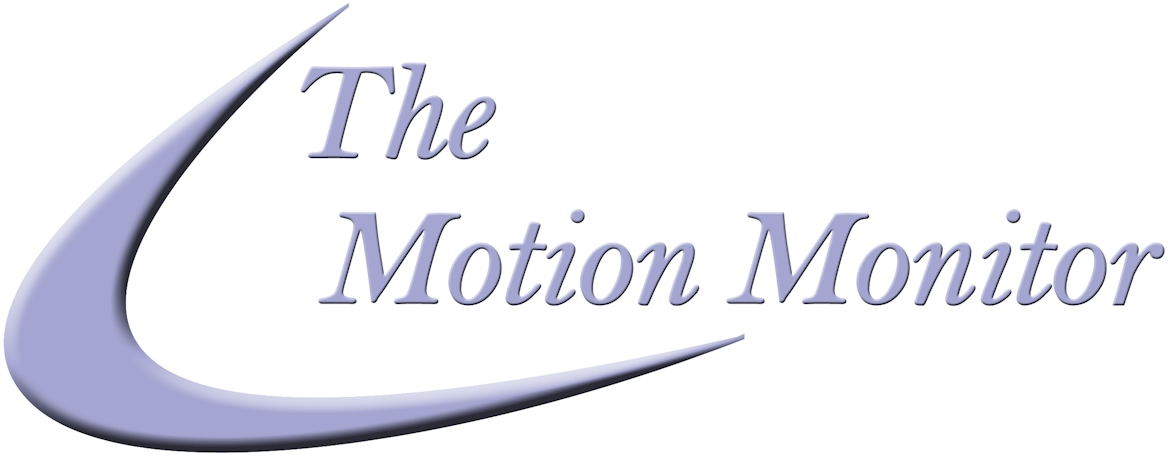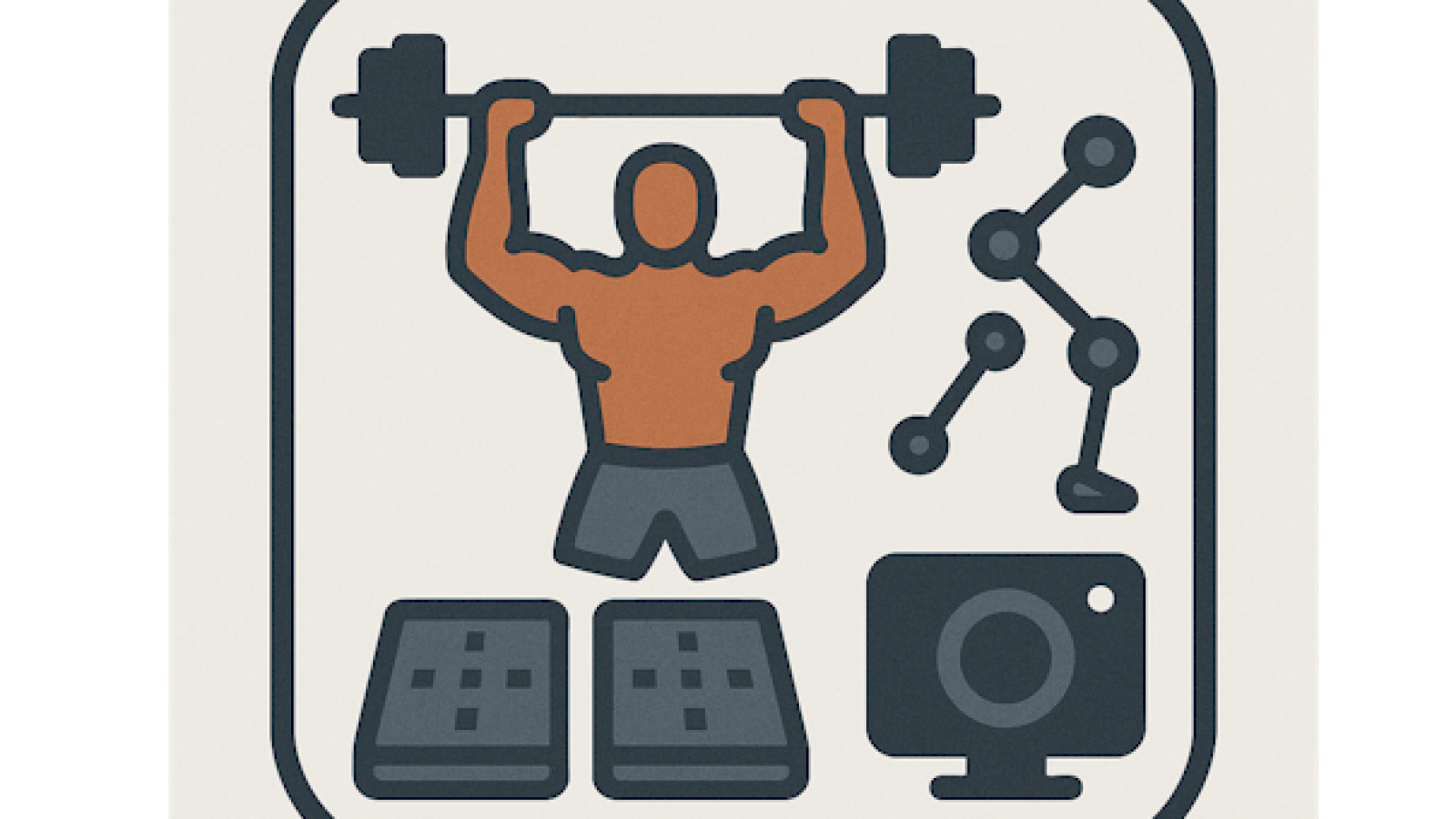Introduction
In the world of athletic development, precision matters. Strength coaches are constantly seeking better ways to assess movement, optimize performance, and reduce injury risk. One of the most powerful tools emerging in this space is 3D motion capture— technology that offers an unparalleled look into how athletes move in real time and in three dimensions. These systems are finding new acceptance and application as the technology becomes simpler & easier to use. Historically 3D motion capture required significant setup time, high operator knowledge and a willingness to apply wires or markers to the athlete. With the advent of markerless 3D motion capture, coaches can quickly and simply derive the same data from standard video. You can see the different types of 3D motion capture overviewed here:
Unlike traditional video analysis or 2D motion tools, 3D motion capture records joint angles, velocities, and movement timing across all planes of motion, providing coaches with a complete biomechanical picture. This is crucial because most sport-specific movements—like sprinting, jumping, cutting, and lifting—are inherently three-dimensional.
For strength coaches, this level of detail offers several key advantages:
- Movement Pattern Analysis: 3D capture can reveal subtle inefficiencies or compensations that aren’t visible to the naked eye, such as asymmetries in bilateral lifts or excessive trunk rotation during lateral movement. Dr. Jay Patel recently discussed some practical examples of this during a presentation at NSCA National Conference, “Bridge the Gap Practical: Developing an Effective Biomechanical Assessment to Enhance Human Performance.”
- Injury Risk Reduction: Research by experts like Dr. Darin Padua has shown how 3D motion analysis can identify biomechanical risk factors for serious injuries like ACL tears—particularly faulty landing mechanics and dynamic knee valgus in jump-landing tasks. These insights allow coaches to implement targeted neuromuscular training interventions before injury strikes.
- Performance Optimization: Coaches can fine-tune technical execution using objective data like joint angles, velocity profiles and movement sequencing. Personalize load, volume, and intensity based on objective readiness—leading to more efficient progress and fewer setbacks for the athlete. For example, look at Olympic lifting (snatch, clean & jerk). Dr. Mike Stone’s research showed optimal lift performance depends on technique alignment (e.g., proper bar trajectory, timing) along with an effective program structure.
- Return-to-Play Confidence: When rehabbing athletes, 3D motion capture provides precise, quantifiable markers for movement quality, helping coaches and clinicians determine readiness with greater confidence. This objective data can aide RTP decision-making, as highlighted in a recent course at the PRiSM Annual Meeting by Drs. Sophia Ulman, Chris Kuenze, Mia Katzel, Corinna Franklin and Justin DiSanti and colleagues.
- Evidence-Based Coaching: Ultimately, this technology shifts coaching from subjective observation to data-informed decision-making, empowering coaches to validate programming choices with hard metrics. An example of this is from Dr. Jennifer Hicks’ work at Stanford which identifies biomechanical measures (like squat depth, bar path mechanics, etc.) that coaches can use in training to enhance power output and reduce inefficiency.
As Dr. Padua’s work emphasizes, biomechanical screening through motion capture is a proactive step toward both injury prevention and athletic enhancement. As the technology becomes more accessible, 3D motion capture is moving from research labs into the daily workflow of forward-thinking strength and conditioning programs.
For coaches serious about maximizing movement quality and athlete safety, 3D motion capture offers a vital and powerful tool. If you’d like to explore further, reach out to us to discuss how you can integrate 3D motion capture into your strength program today.
Meredith
Explore other posts in the 3 – part series on what’s important in Strength & Conditioning
1. Streamline hardware management– Exploring the popularity of forceplates
2. Revolutionize your strength program – Add 3D Motion Capture for a better understanding of your athlete’s strengths and weaknesses.
3. New Insights for Strength & Conditioning – See what the research suggests is important for maximizing performance and minimizing injury.


